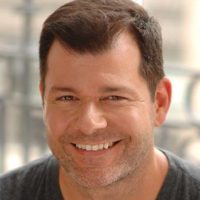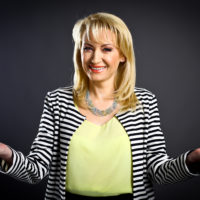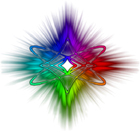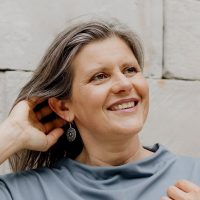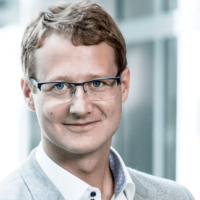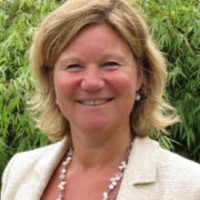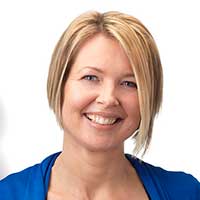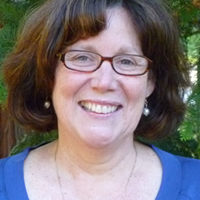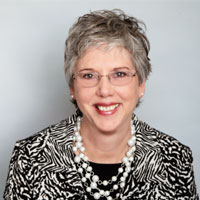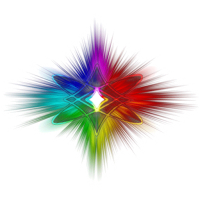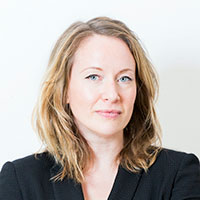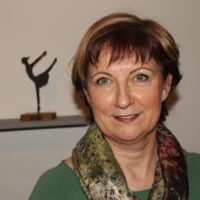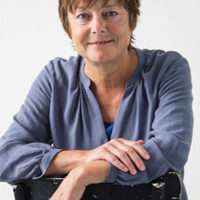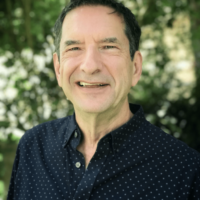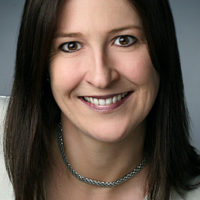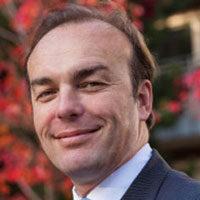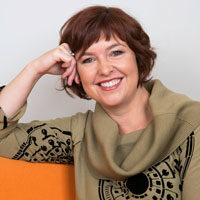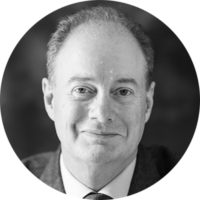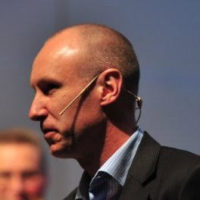Trust is a complex thing. Some people trust easily, while others tend to be more wary and skeptical. To some degree, our relationship to trust may be hard-wired. Yet it is also influenced by past experiences, especially with particular people or particular kinds of situations.
Recent studies in the U.S. have shown that people’s trust in their government, in their companies, in societal systems and structures, in strangers, and even in close friends and family, is lower than it has ever been. On a broad scale, there is less and less trust that others will do the right thing, that we are safe, that our future is secure, and that we are going to be OK.
Conversely, there is more doubt, skepticism, and cynicism than ever before. This doubt, cynicism and lack of trust is slowly eating away at our human and social fabric.
So what do we do? How do we turn this around? How can we learn to trust again?
We can start by choosing consciously whether we will put our trust in “the small” or “the big.” Allow me to explain.
By “the small,” I mean specific people, conditions, and outcomes. By “the big,” I mean the bigger picture or larger context of a situation – the deeper purpose behind what is happening, as well as the learning, growth, or evolution that is trying to unfold through everyone involved.
In Transformational Presence, our first question in any situation is, “What wants to happen?” At first, that may seem like an odd question. Yet actually, it is a very powerful question. It’s not asking what you want or what we want. Instead, it’s asking what wants to happen in service of something bigger than us – in service of a greater whole or a greater good. The question expands our awareness.
Trusting in “the small”
When it comes to trust, many of us focus our attention on “the small” – on individual people and very specific outcomes. We ask ourselves, “Can I trust that person to do the right thing?” or “Can I trust that the situation will turn out the way I want it to?” Often, we’re trying to get past our fear, doubt, or skepticism, and have a significant emotional stake in how the situation unfolds.
Many things influence whether or not we feel that we can trust in “the small.” Perhaps we have previous experiences with this particular person or someone who has a similar position. Or maybe we’ve been in situations like this before. We may also have strong assumptions about what other people are thinking, feeling, or experiencing.
There may be many layers of thoughts, feelings, and opinions – our own and others’. There could be relationships, connections, and things happening that we don’t know about. Recognizing that we can’t control what is happening in all of those layers or what other people think and feel can be unsettling.
When we put our trust in “the small” – in a single person or small group of people – in effect, we hold them responsible for what happens. Yet they often have very little, if any, support to help them meet our expectations. That can be tough for anyone to live up to.
However, there is another way. We can choose to put our trust in “the big.”
Trusting in “the big”
Trusting in “the big” begins with asking, “What wants to happen?” Variations of that question might be, “What is trying to get our attention?” or “What is trying to shift?” or “In the bigger picture, what is this situation really about?”
Answering those questions requires us to listen, sense, and feel into the situation from a big-picture perspective. It demands that we step into the greater context around the situation and engage the intuitive mind.
The intuitive mind is the larger mind. It is the mind of the heart. And we know from the research at the HeartMath Institute that the heart intelligence has access to a field of information that is 5,000 times bigger than the field that can be accessed by the intellect alone.
The intellect alone will be more likely to focus on whether or not we can trust “the small.” Because the intellect is the mind of the ego, and the ego’s primary responsibility is to ensure that we are safe, then the intellect is more likely to look for reasons not to trust “the small.” Above all else, it wants to keep us out of danger and to protect us from risk. For those reasons, the intellect may tend to be doubtful, skeptical, or even cynical. And that makes it harder to trust in “the small.”
The heart intelligence or the intuitive mind, on the other hand, taps into our inner intuitive technology and opens the door to bigger awareness. Tuning in to “what wants to happen” can reveal a greater purpose behind the situation.
What is happening is happening for a reason. It’s trying to show us something new that wants to be created or a new direction that will take us to a better place. What we think of as problems or obstacles are there for a reason. They are there to slow us down – to cause us to pause and to pay attention. We can partner with that greater purpose and let it be our guide.
Trusting in a bigger purpose and holding space
Focusing on “the big” and trusting in a greater purpose can help us discover a new direction. That greater purpose is a wave of energy that can carry us. In fact, it can carry everyone and everything involved in the situation. That energy wave can support “the small” to make choices and take actions that will serve the whole.
Putting our trust in “the big” is actually what holding space for a situation is all about. Holding space is about listening, sensing, and feeling what wants to happen, and then creating the best possible environment or culture to support that unfolding.
When we put our trust in “the big,” we are no longer holding “the small” responsible for the outcome. Instead, we are holding space for the best possible outcome to emerge by trusting in the greater purpose and partnering with it.
Putting our trust in “the big” actually then becomes an unspoken invitation to everyone involved to show up as their best selves. Instead of holding “the small” responsible, it holds “the whole” responsible – everyone involved. And that includes us.
On an energetic level, putting our trust in “the big” helps clear the way for the greatest possibilities to unfold. It gives energy to the wave that can carry us and carry the situation. Everyone is supported to make choices and take actions that will serve something more than their own interests – to serve the greater whole.
Eyes wide open
Trusting in “the big” also creates space for being in the situation with eyes wide open. It is not blind trust. It is not asking us to ignore past experiences or present-moment signals that warn us to be careful. Instead, it asks us to trust in the greater purpose behind the situation. And it helps give us faith that when something does not go as we had hoped, we will still find our way forward. We will be OK. There is a bigger energy supporting us.
The next time the question of trust comes up for you, remember that you can choose whether to trust in “the small” or in “the big.” Pause to explore both options. And choose the trust path that will serve both you and the greater whole in the best way.
~ ~ ~
If you enjoyed this blog post and found it helpful or inspiring, please share it with your friends on social media by clicking on the icons below. You are also welcome to make a comment below.
You may subscribe to our free weekly newsletter by clicking here.
Related Blog Posts:
- How to Build Trust: Pay Attention, Communicate Clearly, and Be Real
- David Brooks on Weave: The Social Fabric Project
- Listening with Your Whole Self

